New Spa Delivery Guide
There are some critical safety and engineering questions we need to help ensure a smooth, stress-free installation and installation process for your spa. Read this guide before delivery to ensure preparation and successful execution, preventing disappointment and extra expenses.
Planning Your Spas Delivery Route
If you have not yet discussed shipping access with your sales representative, please do so as soon as possible. Depending on the site access you have, you may be able to install the hot tub with a crane using a truck-mounted Hiab. This type of crane delivery may be the most cost-effective, however, it requires the truck to be able to travel an appropriate distance from the intended spa location.
It's critical to remember that if you think a crane might be required for your hot tub or swim spa delivery, you should always contact your local dealer and request a site visit or site check by the dealer's delivery team or their prefered crane operator to get an estimate and confirmation that it can be done.
Consider the following when planning your delivery route:
- Check the width of gates, doors and sidewalks to make sure your Spa will pass through unobstructed. You may have to remove a gate or part of a fence to allow adequate width clearance.
- If the delivery route requires a 90-degree turn, check the measurements at the turn to ensure the Spa will fit.
- Are there protruding gas meters, water meters or A/C units in your home which will cause obstructions along the delivery path to your yard?
- Are there low roof eaves, overhanging branches or rain gutters that could be an obstruction to overhead clearance?
- Are there steps along the delivery path?
- Are there any animals that may hinder access along the designated route and into the yard?
- You may need to organise multiple able-bodied people to help you lift your Spa along the access route and into position.
Positioning your Spa
Choosing the location for your spa or swim spa is as essential as selecting the spa itself. For some, it may even be the most important factor as it affects the size and kind of spa to purchase.
Your Spa must be installed so as to permit easy access to the Equipment Service Panels located around the perimeter of your Spa. Make certain that there are no obstructions and a clear working area of at least 500mm to all sides of the Spa.
Think about the positioning of the Spa for all seasons. What might be a very private area during the summer could be very exposed when the trees are bare in the winter.
Below are some guidelines to consider when deciding on where to install your spa or swim spa.
- Do you require simple and fast access? For that, positioning your spa near the house or changing room is optimal.
- Outlook. What view does the spa have? If so, how can seating be arranged to face it?
- Fencing. What are the fencing or barrier requirements and do they adhere to the local council regulations relating to spas and spa pools?
- Power supply. For electrical installation, is the power supply easy to access? Ensure a free area of 500mm to all sides of the Spa, with no restrictions, so Equipment Service Panels around the Spa are easily reached.
- Placement. A warmer climate may require shade from the hot sun. Consider the placement of trees, shrubs, patio cover or perhaps a Gazebo structure to provide shade. Also, nearby access to change rooms is advisable. We recommend that you have storage space nearby preferably a locked cupboard, for keeping chemicals safe from children but close enough for easy maintenance. Also consider the clearance space for your spa cover, optional spa steps and cover lifter.
- Indoor Installation: Indoor installations require adequate ventilation. When the Spa is in use, considerable amounts of moisture and humidity can be produced. This moisture can damage walls and ceiling surfaces over time. An exhaust fan will help to prevent damage and discomfort caused by humidity built up.
Preparing Your Spas Foundations
Your Spa needs a good solid foundation to sit on. The foundation on which your spa is placed must be able to support the weight of 500kg per square metre and 1000kg per square metre for Swim Spas. If the foundation is inadequate, it may shift or settle after the Spa is in place, causing stress to the shell.
If the Spa is to be located on decking make sure the deck can support the weights mentioned. It is recommended that a qualified contractor prepare the foundation for your Spa. A base of 100mm (4”) minimum concrete slab (or equivalent) is required to place your Spa on.
It is the responsibility of the Spa owner to provide a proper foundation for the Spa. Place the Spa on an elevated foundation so that water drains away from it. Proper drainage will keep components protected from wet weather and also aid you when draining the Spa for maintenance. If you are installing your Spa indoors, pay close attention to the flooring beneath it. Remember that the Spa is filled with water, so choose the flooring that will not be spoiled or ruined from water damage.
NOTE: Damage caused by inadequate or improper foundation support is not covered by the Spa Industries Warranty.
Spa Crane Costs and Process
Installing spas into your preferred position in your home will almost always require a crane or Hiab. If the site is difficult to access, a crane may be required. Cranes are also required for lifting spas into tight places or onto second-story patios and decks.
Although most spa retailers will go through the exercise of coordinating the crane and getting a quotation for the customer, crane fees are outside of a "regular spa delivery" and are passed along to the buyer.
Most crane firms charge an hourly price based on the crane's size (i.e. 20 tonnes, 40 tonnes, 50 tonnes, etc.). Crane companies also typically charge for a minimum of 2-3 hours, which begins when the crane leaves the crane operator's site.
Swim spas are often larger and thus more expensive to crane into position. The cost of a swim spa crane ranges from $500 to $3000, depending on the size. Crane costs also vary based on where you live and the number of crane companies in your area (competition), and availability.
Here are some factors to consider while deciding whether or not to use a crane:
- Power lines or telephone lines – even for the shortest of crane jobs this can be a problem if you live on a street where telephone wires and power lines run right in front of your home.
- Cranes are mounted on extremely huge trucks, and if the street or driveway is narrow, they may not be able to set up correctly to complete the task. The greater the crane's size, the more area it will require. Consider that cranes have big outriggers that stretch out from the truck and rest against the ground, giving the vehicle a wider stance and allowing it to boom out further.
- Street Access – As mentioned above, some of the larger cranes can take up a lot of room, especially when the outriggers are deployed, so if your driveway isn't big enough and the crane needs to park in the street, a road use permit may be required, as well as a small crew to re-direct traffic while the crane is in use. Although this type of situation is uncommon, when all of the costs are added up, it may be rather costly.
- Cost - depending on the distance and crane size necessary, using the services of a crane may not be cost viable. For example, if you need a large enough crane to move an 800-pound hot tub 125 feet for $1500, it might not be worth it.
Spa Regulations for Spa Barriers and Fencing
All swimming, spa pools and swim spas need to adhere to the regulations in your area. Contact your local authority for details.
Homeowners should adhere to state and council laws designed to enhance safety. Further info can be found at your local council or on spasa.com.au.
Below is a basic overview of the most common regulations relating to spas and spa pools:
- Your spa must be a minimum of 3m from power lines/outlets.
- An electrician must be consulted for necessary electrical work.
- Fencing may be required for council compliance.
Electrical Requirements and Considerations
All electrical work must be carried out by a licensed electrician and must comply with all national, state, and local electrical codes in place at the time of installation in order to prevent a hazard.
It is your responsibility unless prearranged with your dealer, to organise and pay for a Registered Electrical Contractor to install all relevant power requirements to your Spa.
The Spa must be installed by a Registered Electrical Contractor and be installed to all relevant codes and standards together with an Electrical Safety Certificate. A copy of the Electrical Safety Certificate may need to be submitted to the Dealer or Manufacturer if applying for a warranty claim.
NOTES Your Dealer can supply you with the power requirements for your new Spa. Never position a spa, swim spa or any other type of pool near overhead cables or power lines.
Please note that organising an electrician and associated costs are the responsibility of the spa owner. Spas Wholesale does not offer an electrical service.
Summing Up
We hope this information has been helpful. Please contact our team if you have any questions or concerns regarding the delivery or installation of your new spa or swim spa.
More Articles from Spas Wholesale
- 5 Things to Consider When Buying A Spa
- Choosing the Perfect Hot Tub Gazebo or Enclosure
- Top 10 Spa Health Benefits
- Spa & Swim Spa Do's and Don'ts
- Balancing Spa pH Levels
- What causes hot tub scum
- A guide to spa water temperature
- Spa clear user guide
- Spa safety considerations
- Spa water temperature guide
- How to prevent spa algae
- Keeping your spa water balanced
- Starting the spa with new water



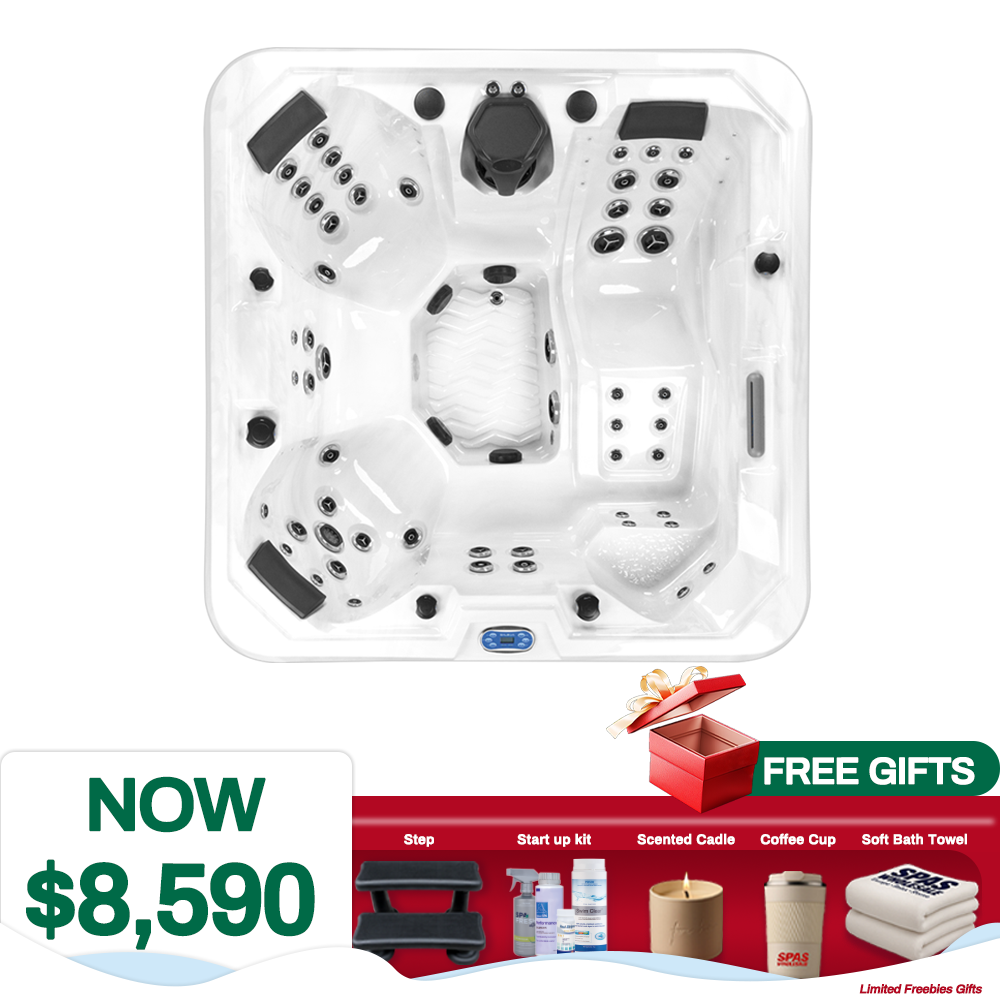

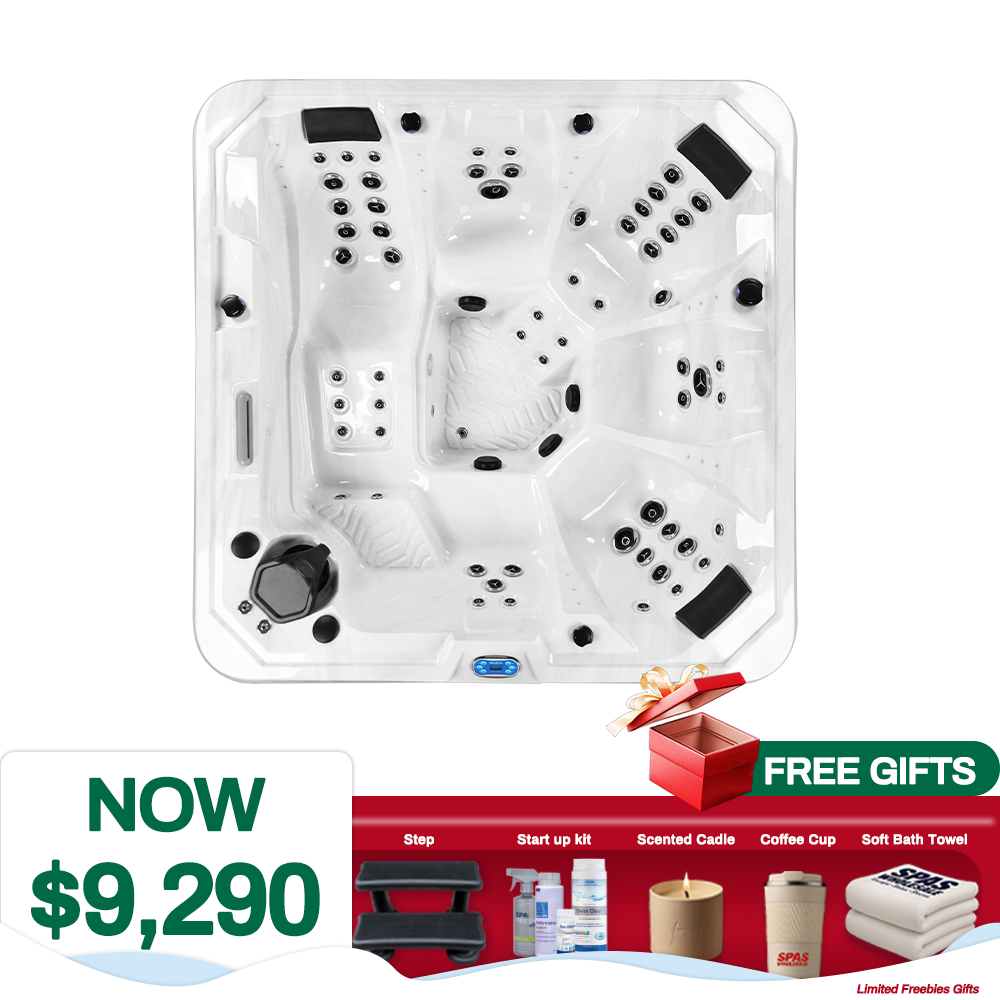
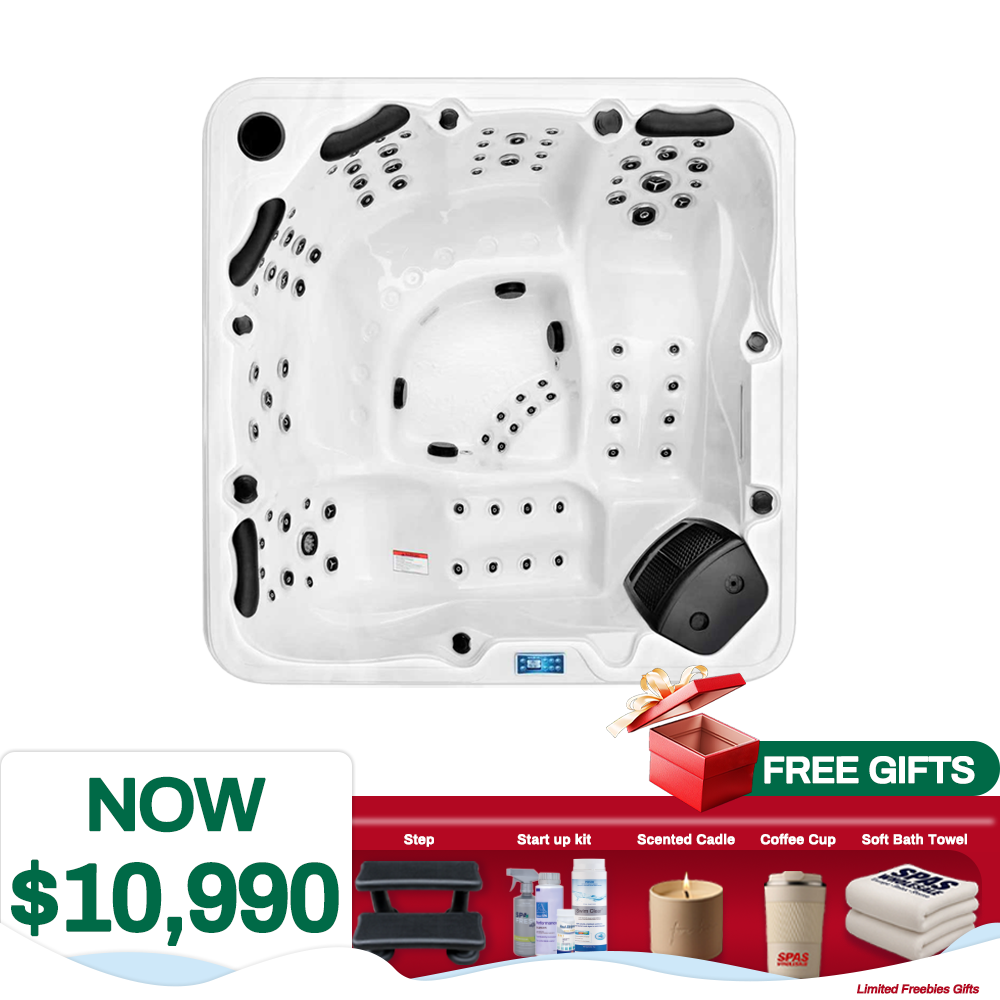

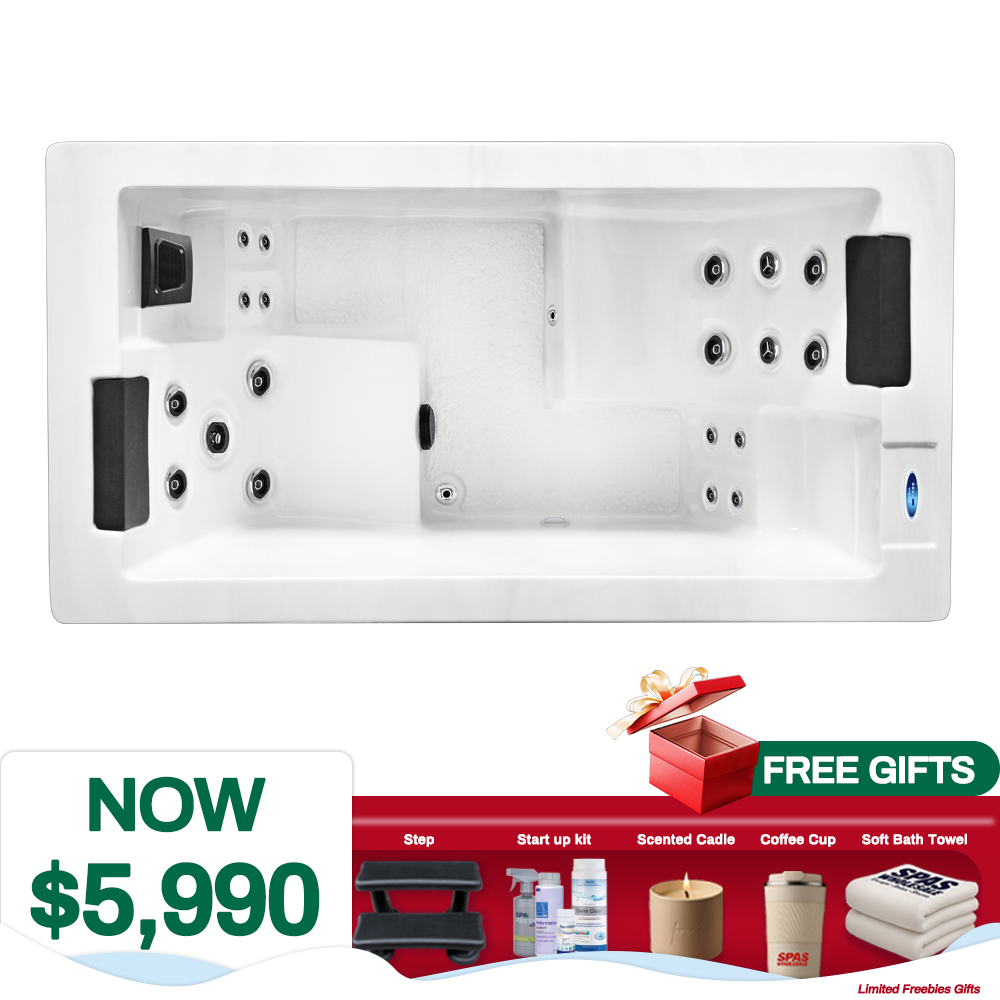

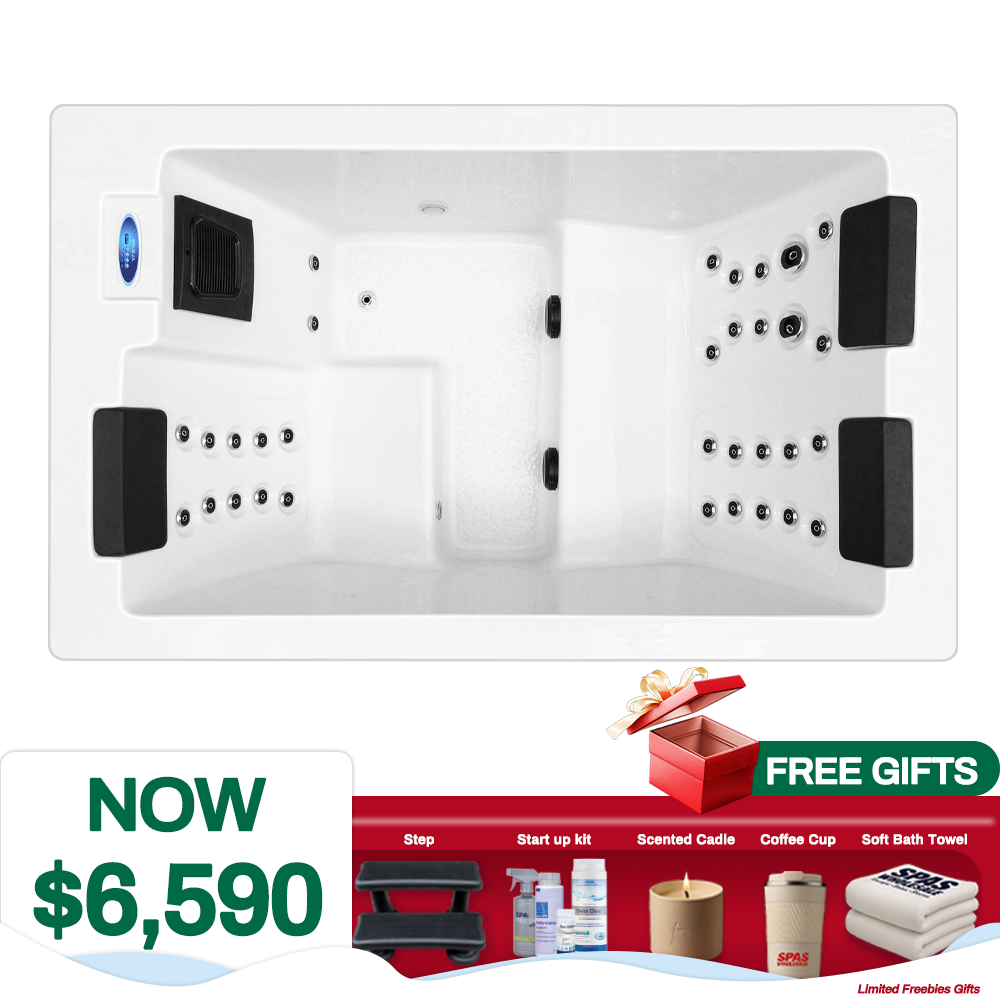


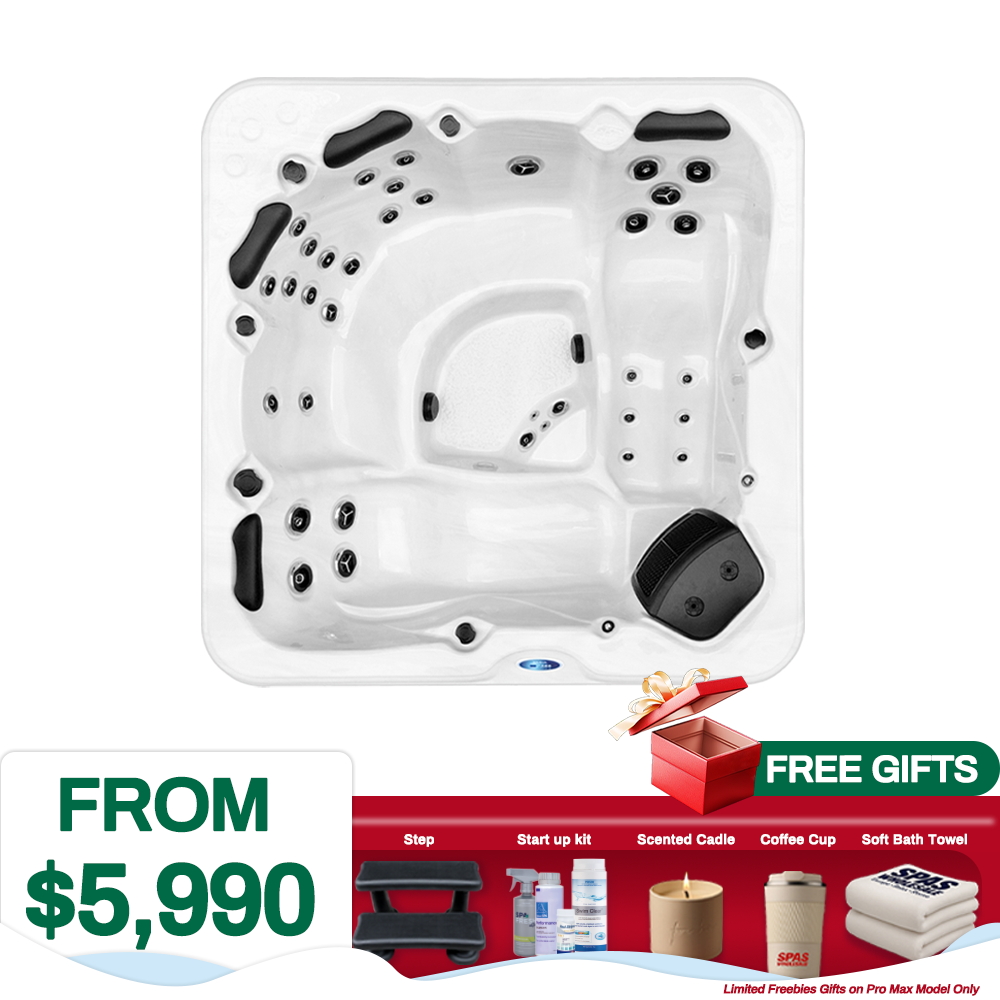
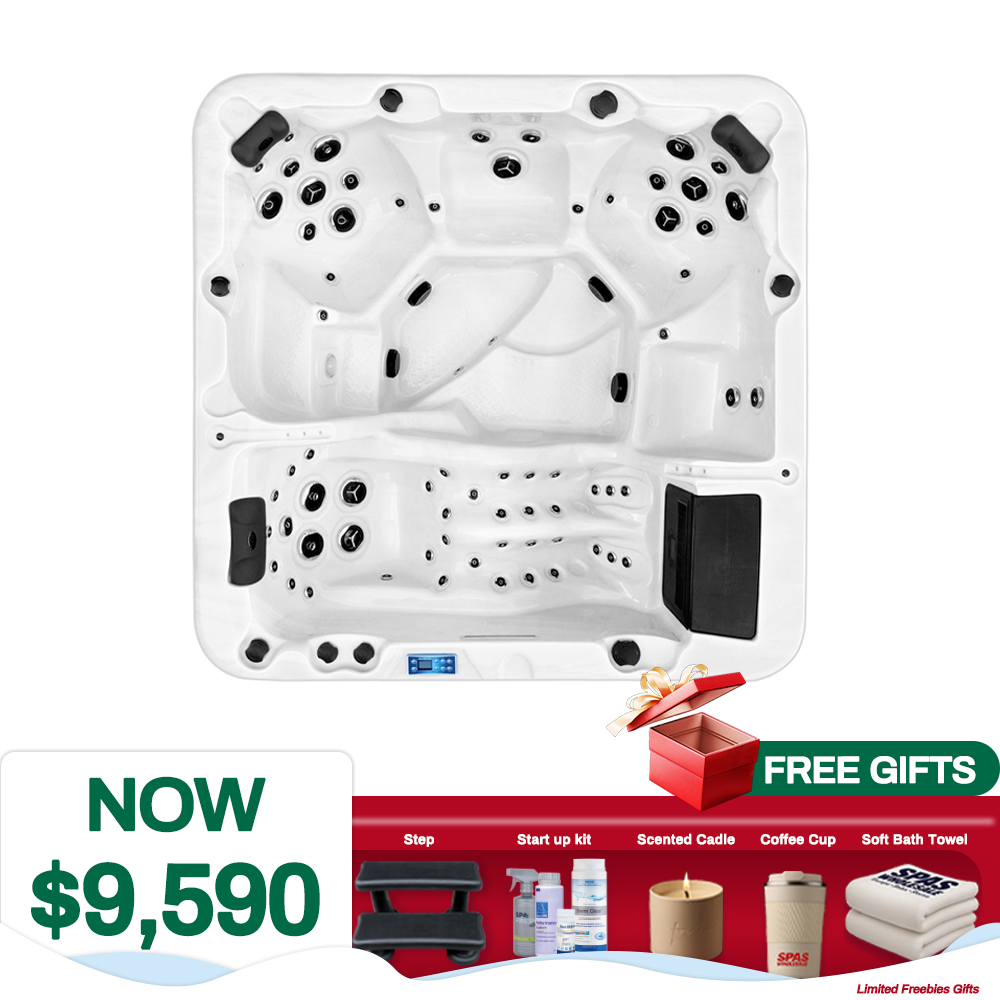
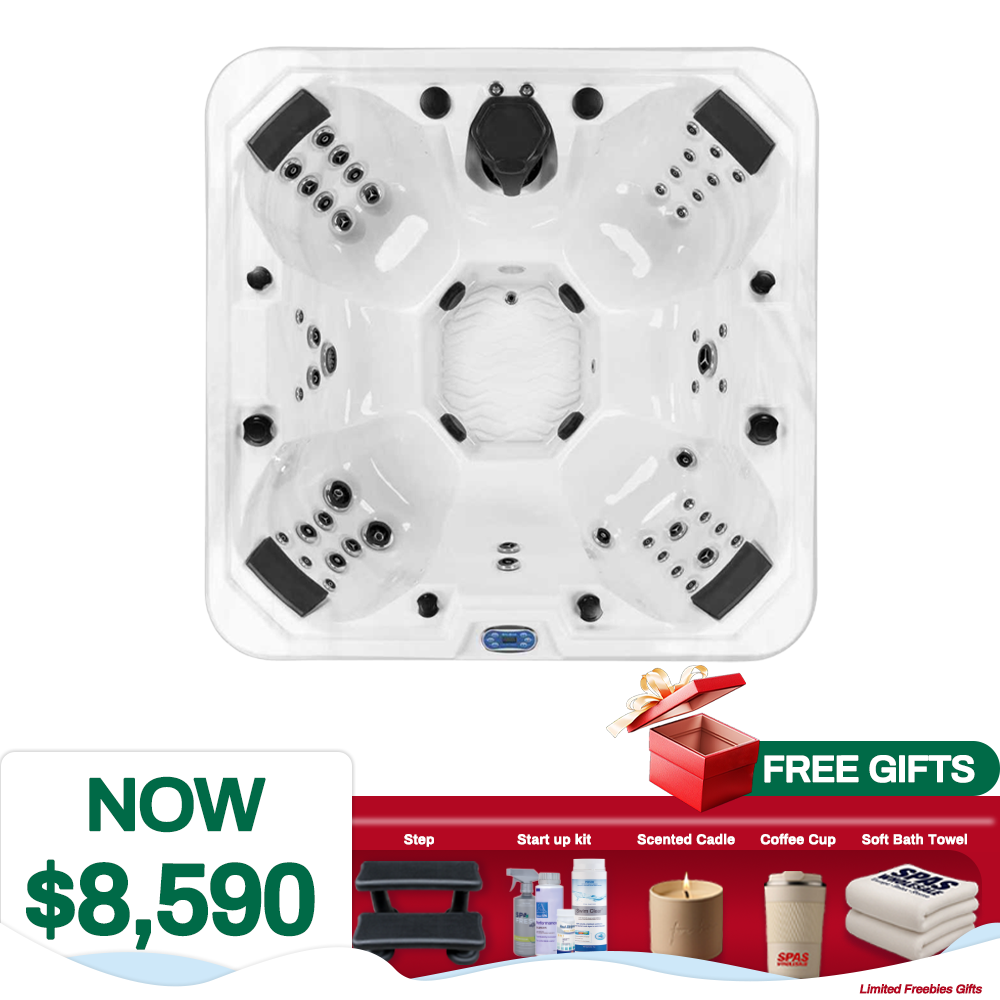
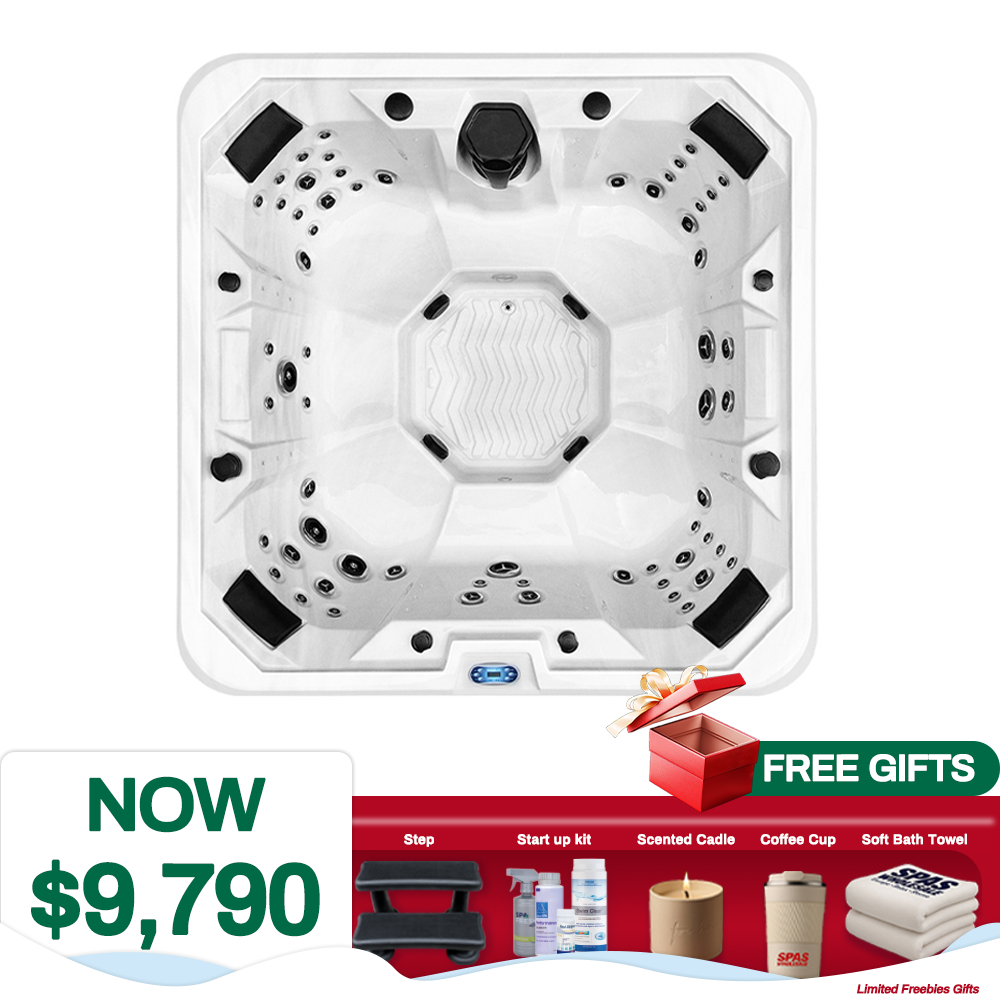
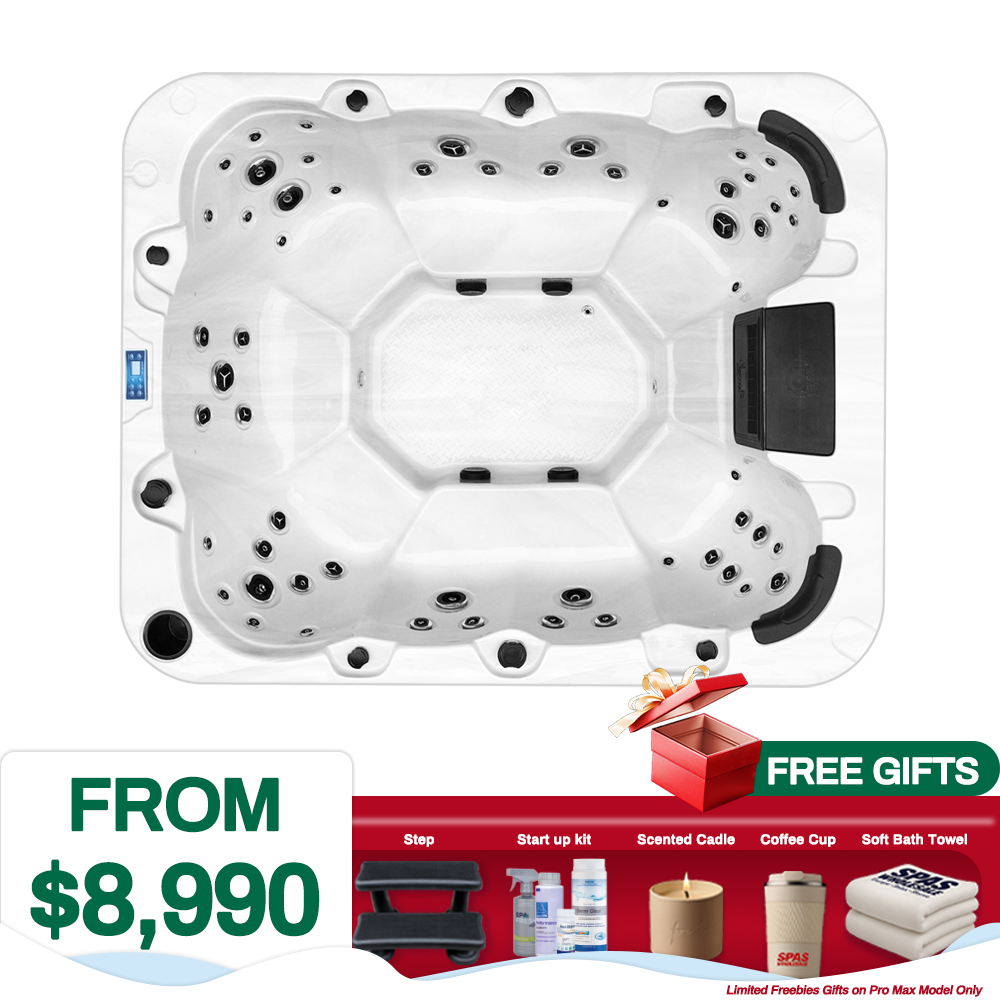
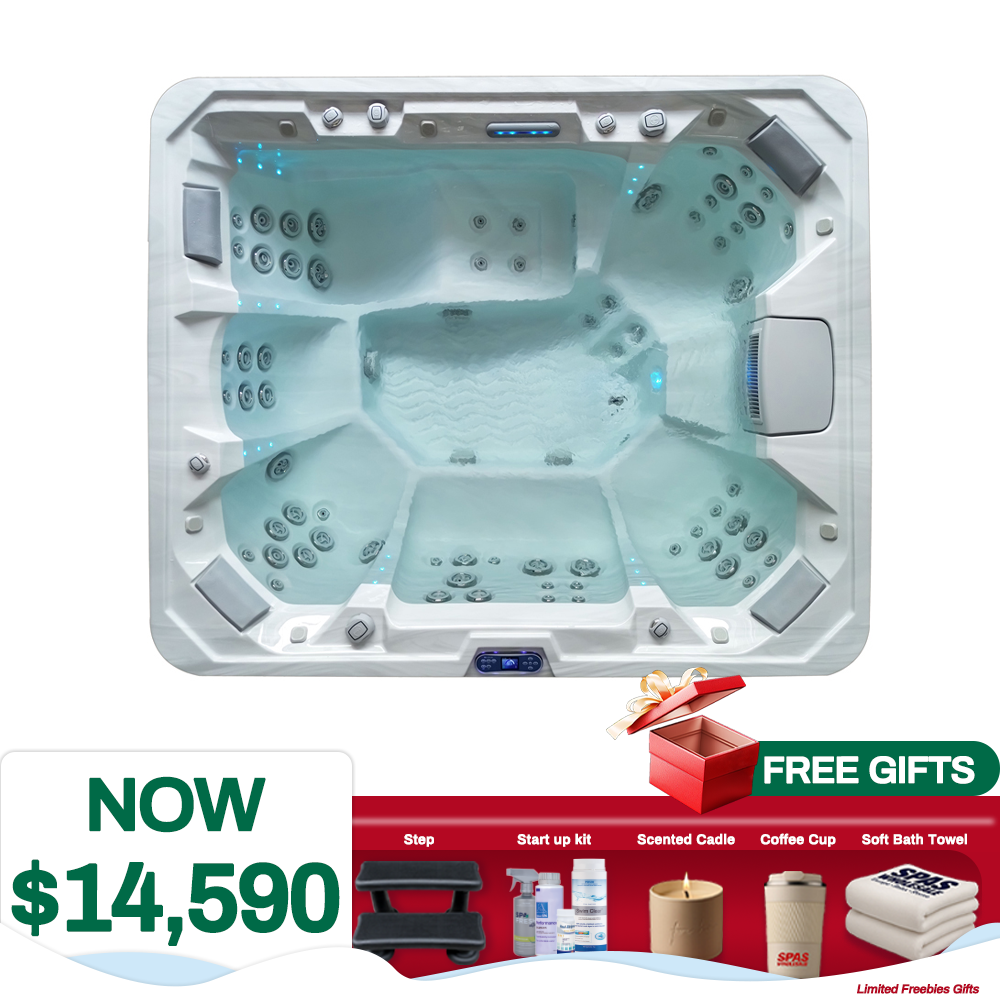
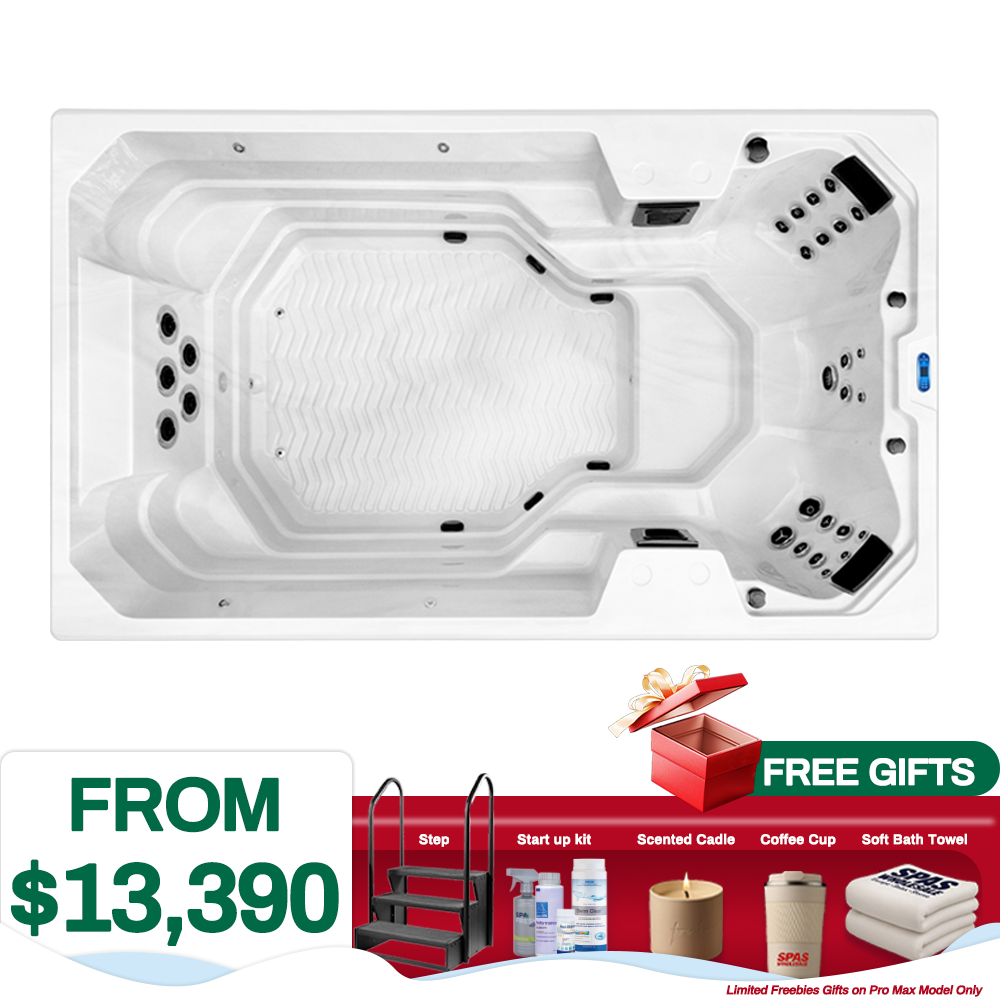
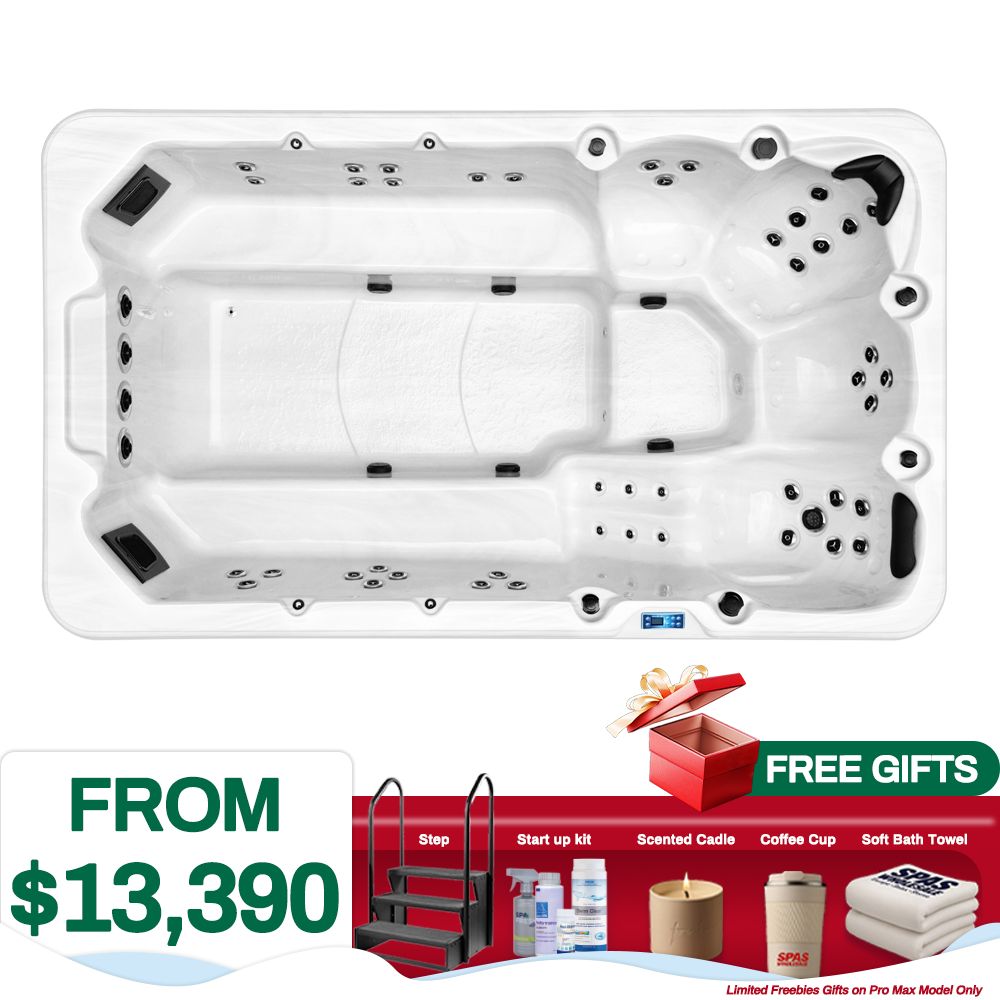
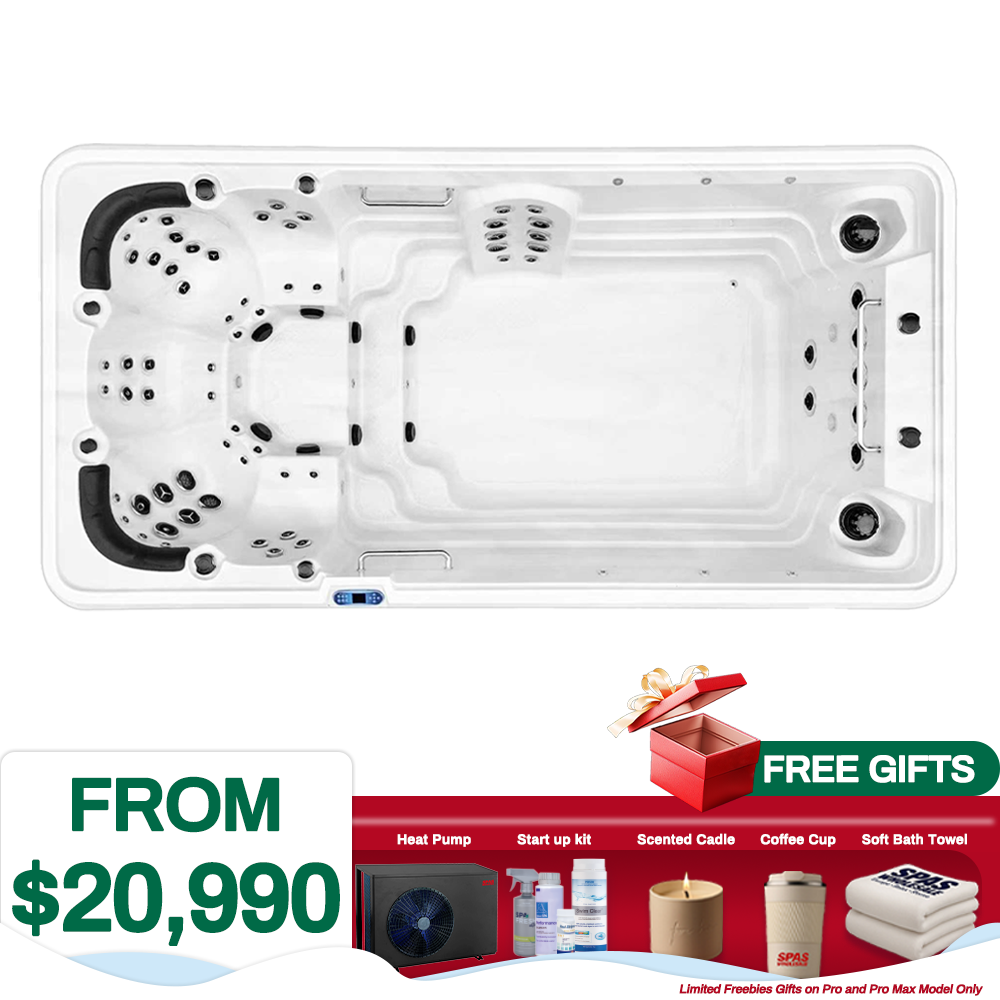

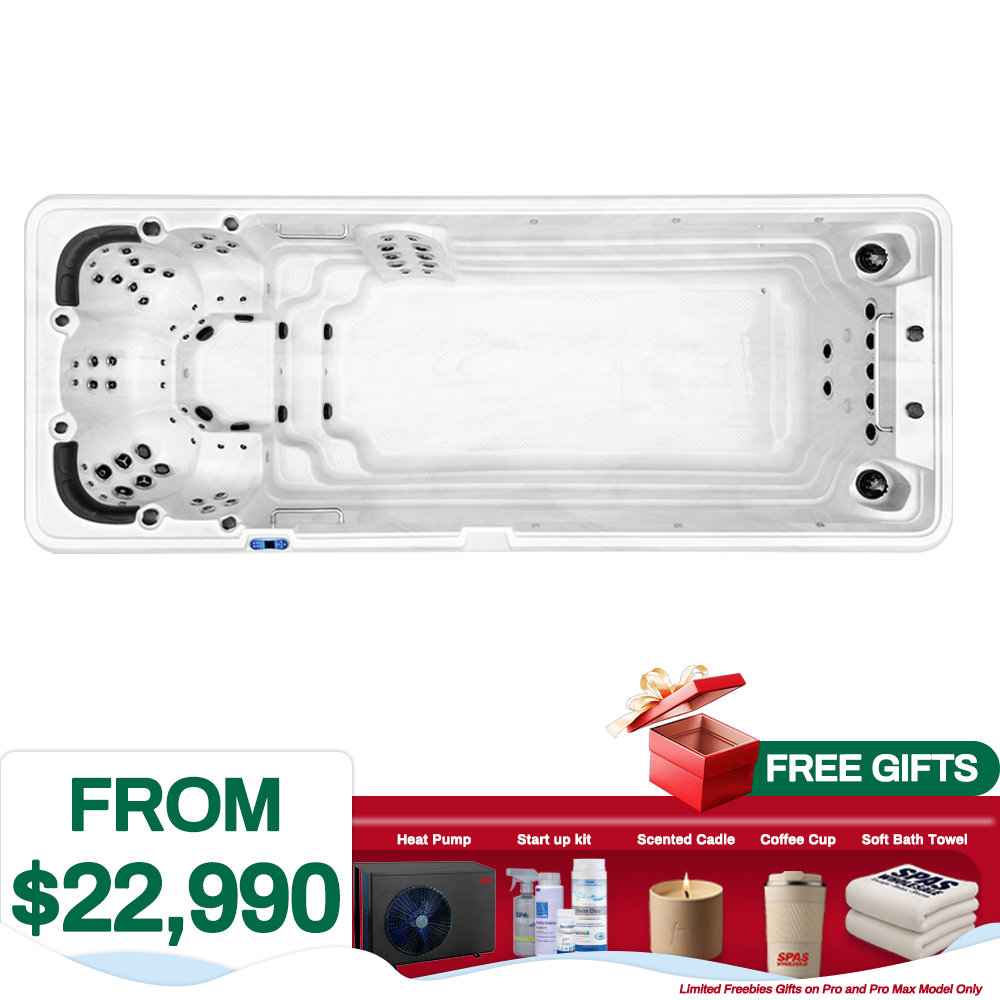
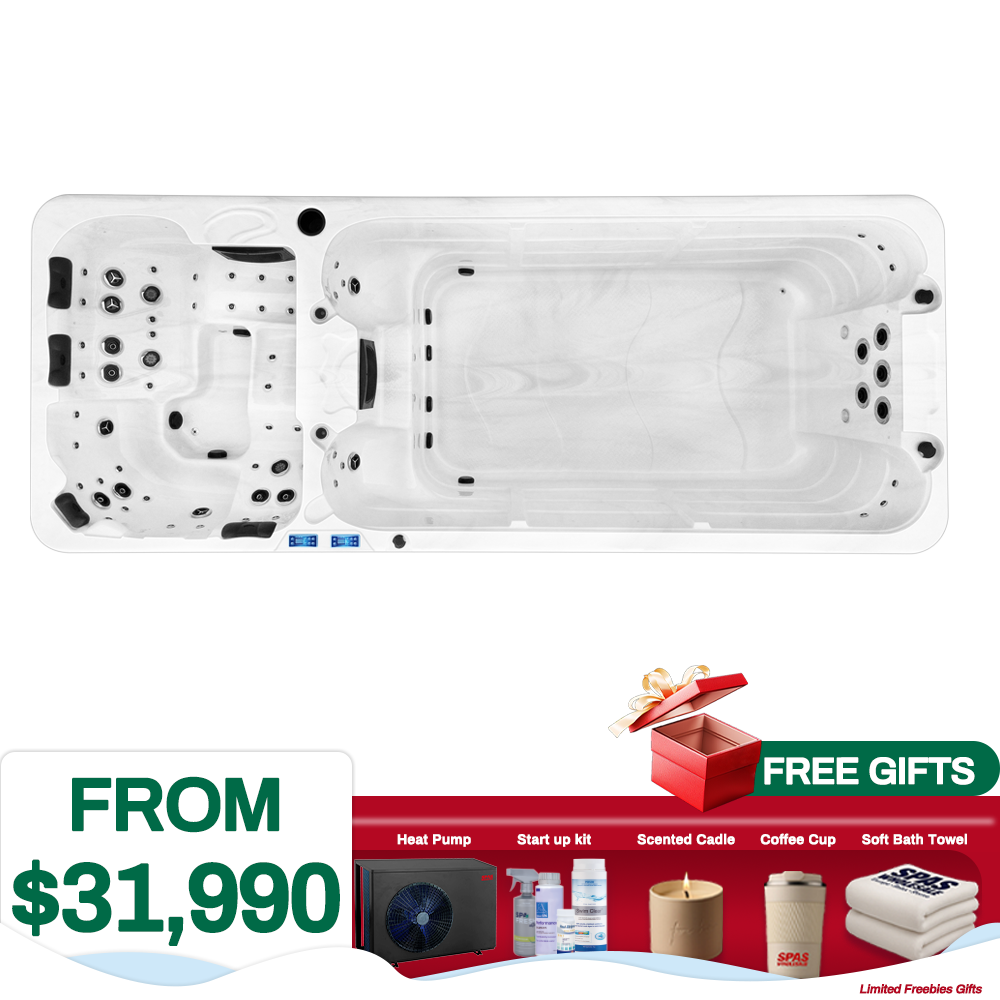


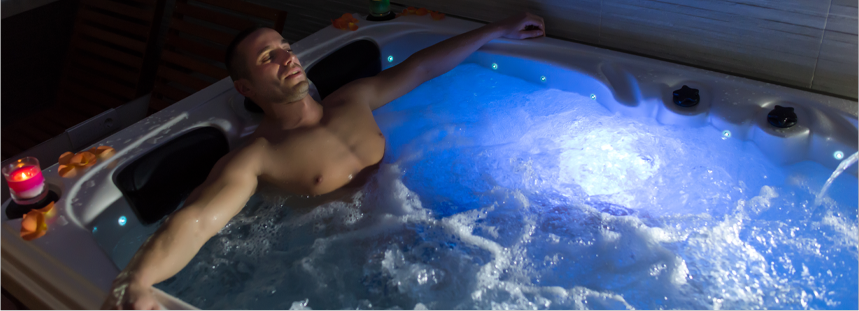
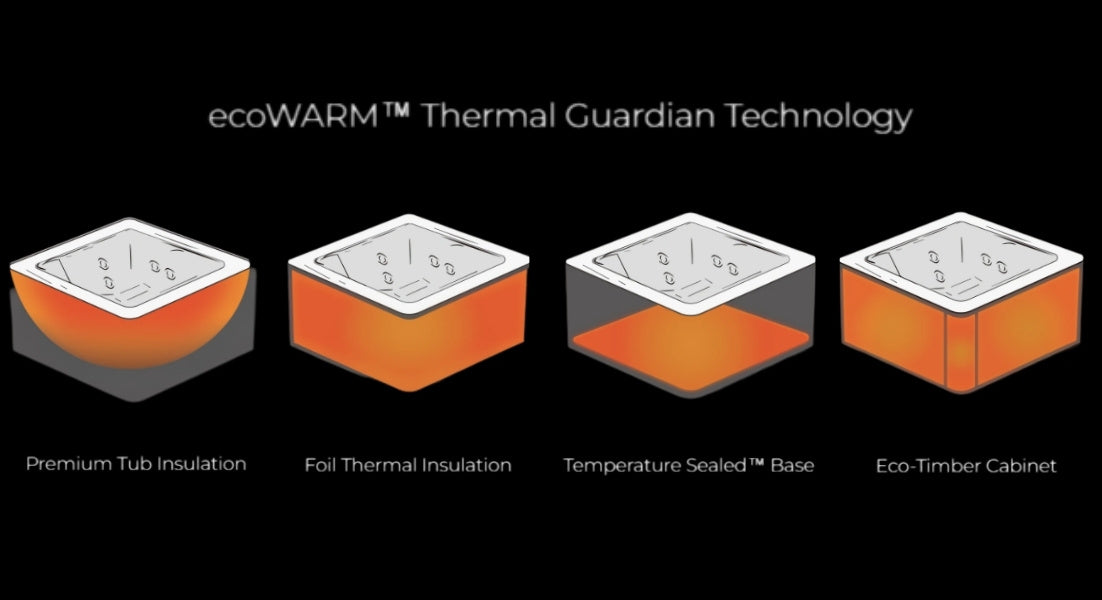
Share:
Spa Ozonators 101
How to throw the perfect Christmas hot tub party